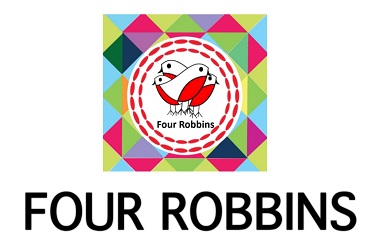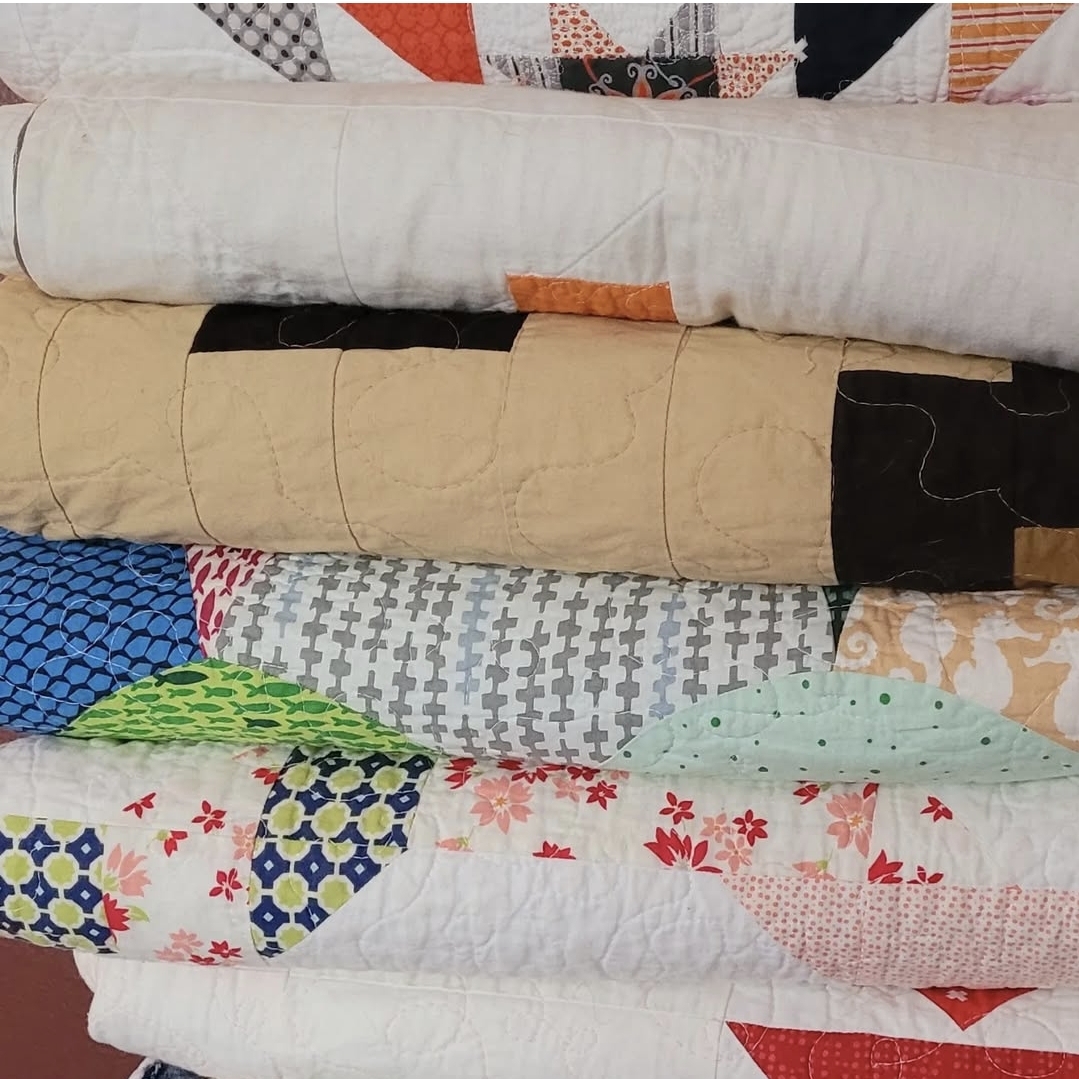Affiliate Disclaimer
Some of the links on this website are affiliate links, which means FourRobbins may earn a small commission if you make a purchase through these links at no additional cost to you. We only recommend products and services that we genuinely believe will add value to our audience. Your support helps us continue creating valuable content! Thank you for supporting FourRobbins.
Introduction
Quilting is more than just a craft—it’s an opportunity to create something beautiful with your own hands, whether for yourself, your home, or as a special gift for someone. But, if you’re new to the world of quilting, it can feel a bit intimidating. There’s so much to learn and so many tools to gather, but don’t worry—this guide is here to help you every step of the way!
In this beginner’s guide, we’ll walk through the essential tools you need to get started, some helpful tips to make your quilting journey smooth and enjoyable, and a few simple steps to help you dive into your first quilt project. Ready to start quilting? Let’s go!

Essential Quilting Tools for Beginners
Before you start your first quilt, it’s important to have the right tools. While quilting does require a few specific supplies, you’ll soon find that the tools help streamline the process and make each step easier. Let’s go through what you’ll need to create your first beautiful quilt.

1. Rotary Cutter, Ruler, and Mat
- Rotary Cutter: This is an essential tool for cutting your fabric with precision. The sharp, circular blade allows you to cut fabric quickly and accurately, and is perfect for making straight lines and shapes. Find it on Amazon here.
- Ruler: A quilting ruler helps you measure and cut fabric with accuracy. The markings on the ruler help guide your cuts, ensuring they’re perfectly straight. A 6″ x 24″ ruler is ideal for beginners as it gives you plenty of space to measure and cut. Shop for quilting rulers on Amazon.
- Cutting Mat: Protect your workspace and extend the life of your rotary cutter with a self-healing cutting mat. These mats repair themselves after each cut, which ensures they last longer. Buy a self-healing cutting mat here.
Or you can get buy a three piece set.

Why It’s Essential: These tools are the foundation for cutting fabric accurately and safely, and they make the entire quilting process faster and more enjoyable.

2. Sewing Machine
While hand-sewing is a viable option, using a sewing machine is far quicker and more efficient—especially for quilting! Look for a sewing machine with basic stitch functions, such as straight, zigzag, and reverse stitches. Find a beginner-friendly sewing machine on Amazon here.
Why It’s Essential: A sewing machine helps you piece the layers of fabric together easily, making the entire process much more efficient, and it ensures precise stitching.

3. Fabric
Choosing fabric is one of the most exciting parts of quilting. For beginners, start with cotton fabric as it’s durable, easy to sew, and comes in a variety of colors and patterns.
- Tip: You might want to use pre-cut fabric bundles like charm squares, fat quarters, or jelly rolls. These options provide a variety of colors and patterns without needing to cut the fabric yourself, which is perfect for beginners.
Why It’s Essential: The fabric you choose is the canvas for your quilt. Cotton fabric will give you a solid, durable quilt that will last for years.

4. Pins and Clips
- Pins: Quilting pins are longer than regular pins, making them perfect for holding multiple layers of fabric together. They help ensure your fabric stays in place while sewing. Buy quilting pins here.
- Clips: Fabric clips are great for thicker fabrics, like batting, and are a good alternative to pins. They hold your fabric without leaving holes. Find fabric clips on Amazon here.
Why They’re Essential: These tools help keep your fabric aligned and in place while you sew, preventing it from shifting out of place.

5. Thread
The right thread ensures your quilt will hold together beautifully, even after it’s washed. Look for quilting thread or all-purpose cotton thread, as they’re designed to be durable and work well with most fabrics. Find quilting thread here.
Why It’s Essential: Thread is the glue that holds your quilt together. Using the right thread guarantees your quilt won’t unravel after a few washes.

6. Quilting Needles
Quilting needles are designed to work with multiple layers of fabric and batting. They’re stronger and have a slightly rounded tip, which helps prevent snags and ensures smoother stitching. Shop for quilting needles here.
Why It’s Essential: Quilting needles are specially designed to handle the tough job of sewing through thick layers, so you won’t break needles or damage your fabric.
Basic Quilting Tips for Beginners
Now that you have the essential tools, it’s time to get started on your quilt! Here are some tips to make the process easier and more enjoyable:
1. Start with a Simple Pattern
Begin with something simple, like a basic patchwork quilt or a four-patch design. These beginner-friendly patterns will help you learn the foundational skills of quilting without overwhelming you with complexity.
- Tip: Look for patterns that have fewer pieces to sew together. As you gain experience, you can move on to more intricate patterns.
You can also begin with something small like a pillow or throw. I have a few in my shop that are good for beginners.



2. Cut Fabric Accurately
Accuracy in cutting is critical in quilting. Even small mistakes can cause misalignment later on. Always measure your fabric carefully before cutting and double-check your measurements to avoid any errors.
- Tip: Use your rotary cutter, ruler, and mat to make clean and precise cuts. Accuracy here will make the whole quilt come together much better.
3. Press Your Seams
Pressing seams is crucial for achieving a smooth and flat quilt top. As you sew, press your seams open or to one side to make sure everything lines up properly.
- Tip: Be sure to use an iron set to the correct temperature for your fabric, and use steam to help press your seams flat.
4. Pin and Sew with Precision
Take your time to pin and sew your fabric carefully. Pinning helps keep your pieces aligned, and sewing slowly ensures that your stitching is even and straight. Be consistent with where your seam lands, 1/4 inch from the edge of the fabric is the standard with quilting.
- Tip: Don’t rush the process—taking breaks to maintain focus is key to achieving beautiful, consistent stitches.
5. Square Up Your Blocks
Once you’ve pieced together a block, make sure to square it up by trimming any excess fabric to ensure it’s the correct size. This ensures all your pieces fit together perfectly as you progress with the quilt.
- Tip: Use a quilting ruler to make sure everything is aligned and squared up before moving to the next block.
6. Don’t Be Afraid to Make Mistakes
Mistakes are a natural part of the learning process. If you make a mistake, don’t panic! Quilting is all about learning as you go, and most mistakes can be fixed with a little patience.
- Tip: Embrace the process and keep a positive attitude. You’ll get better with each project you complete.

Conclusion: Start Your Quilting Journey Today!
Quilting is a rewarding craft that allows you to express your creativity while creating beautiful, functional pieces. By gathering your essential tools and practicing a few basic skills, you’ll be well on your way to completing your first quilt. Remember, quilting is a journey—take your time, make mistakes, and enjoy the process of creating something unique. Grab your tools, pick out your fabric, and start quilting today!
Happy quilting!





Leave a Reply